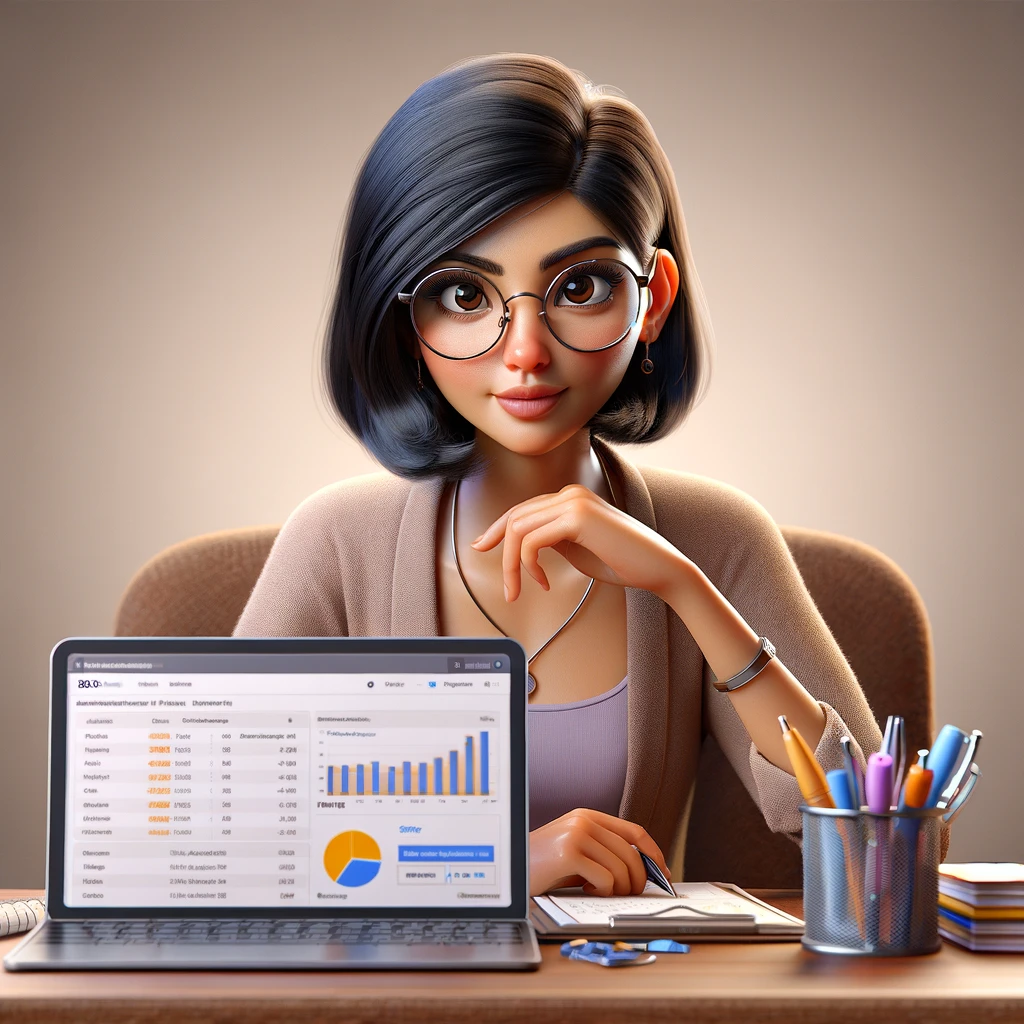In a world where images often prevail over words, the role of the graphic designer is essential. But what does it really mean to be a graphic designer? Beyond visual creation, this profession requires a deep understanding of communication needs, a mastery of technical tools and a sharp artistic sensibility. In this article, discover the field of graphic design in detail, revealing its many facets, its challenges and its impact in a context where the visualization of information is ubiquitous.
A graphic designer : What is it?
A graphic designer is a visual creation professional, responsible for designing graphic elements to convey messages effectively and aesthetically. This profession requires a combination of artistic, technical and creative skills, as well as an ability to understand the specific needs of the client and target audience. Graphic designers use a variety of tools and software to design logos, posters, websites, print publications and other visual media, playing a crucial role in contemporary visual communication.
The essential skills of a graphic designer
The graphic designer’s essential skills include expertise in graphic design, a thorough knowledge of creative software such as Adobe Photoshop, Illustrator and InDesign, as well as an understanding of the principles of typography, color and layout. In addition, communication and project management skills are important to collaborate effectively with clients and team members. A keen sense of creativity, problem-solving and adaptability is also required to meet the varied needs of graphic design projects. Finally, a constant watch on current design trends and an ability to adapt to new technologies are essential to remain competitive in this constantly evolving field.
The role of the graphic designer in visual communication
The graphic designer plays a major role invisual communication by translating concepts and ideas into attractive, effective graphic elements. Working closely with customers, marketing teams and designers, the graphic designer creates visuals that capture attention, convey clear messages and reinforce the brand’s identity. Whether designing logos, posters, websites or marketing materials, the graphic designer uses his or her design expertise to create memorable and engaging visual experiences, helping to influence the perceptions and behaviors of the target audience.
The graphic designer’s various fields of activity
The graphic designer’s fields of activity are diverse, encompassing a wide range of sectors. These include traditional graphic design, where designers create visual elements for print media such as posters, brochures and magazines. In the field of branding and visual identity, graphic designers create logos, graphic charters and other elements to reinforce a company’s brand image.
The web design and user interface (UI)/user experience (UX) sector involves creating user-friendly, attractive interfaces for websites and applications. In addition, graphic designers also work in animation, game design, digital marketing, illustration and many other fields, demonstrating the versatility and adaptability of their creative expertise.
The importance of graphic design in modern society
Graphic design plays a fundamental role in modern society, influencing our perception, understanding and interaction with the world around us. In a context of ubiquitous information and fierce competition, graphic design helps to communicate complex messages effectively, clearly and attractively. It helps reinforce the visual identity of companies and brands, facilitating customer recognition and loyalty.
In addition, in an increasingly digital world, graphic design is essential for creating intuitive and engaging user experiences on online platforms, improving the accessibility and impact of content. Finally, graphic design plays a major role in promoting creativity, innovation and artistic expression, thus helping to enrich the visual culture of modern society.
The tools and technologies used by graphic designers
Graphic designers use a multitude of tools and technologies to create striking, innovative visual works. Among the most commonly used software is the Adobe Creative Cloud suite, including programs such as Photoshop, Illustrator and InDesign, which offer advanced features for image processing, vector graphics creation and page layout.
Web design and user interface (UI)/user experience (UX) tools such as Sketch, Figma and Adobe XD are also essential for designing user-friendly websites and applications. In addition, graphic designers use 3D modeling software such as Blender or Cinema 4D to create animated graphics and three-dimensional renderings. Finally, online project management and collaboration tools such as Trello, Asana and Slack are essential for organizing workflow and facilitating communication within creative teams.
Challenges and developments in the graphic design profession
The graphic design profession is constantly evolving in the face of technological advances, changes in consumer preferences and emerging design trends. Among the major challenges facing graphic designers are the need to stay constantly up to date with new technologies and emerging software, as well as to develop web design and UX/UI skills to meet growing needs in the digital field.
In addition, increased competition in the marketplace and the pressure to produce high-quality creations quickly can present additional challenges. At the same time, developments in the profession also offer exciting opportunities, such as the integration of AI into the design process, the expanding possibilities offered by virtual and augmented reality, and the emergence of new markets such as design for social networks.


